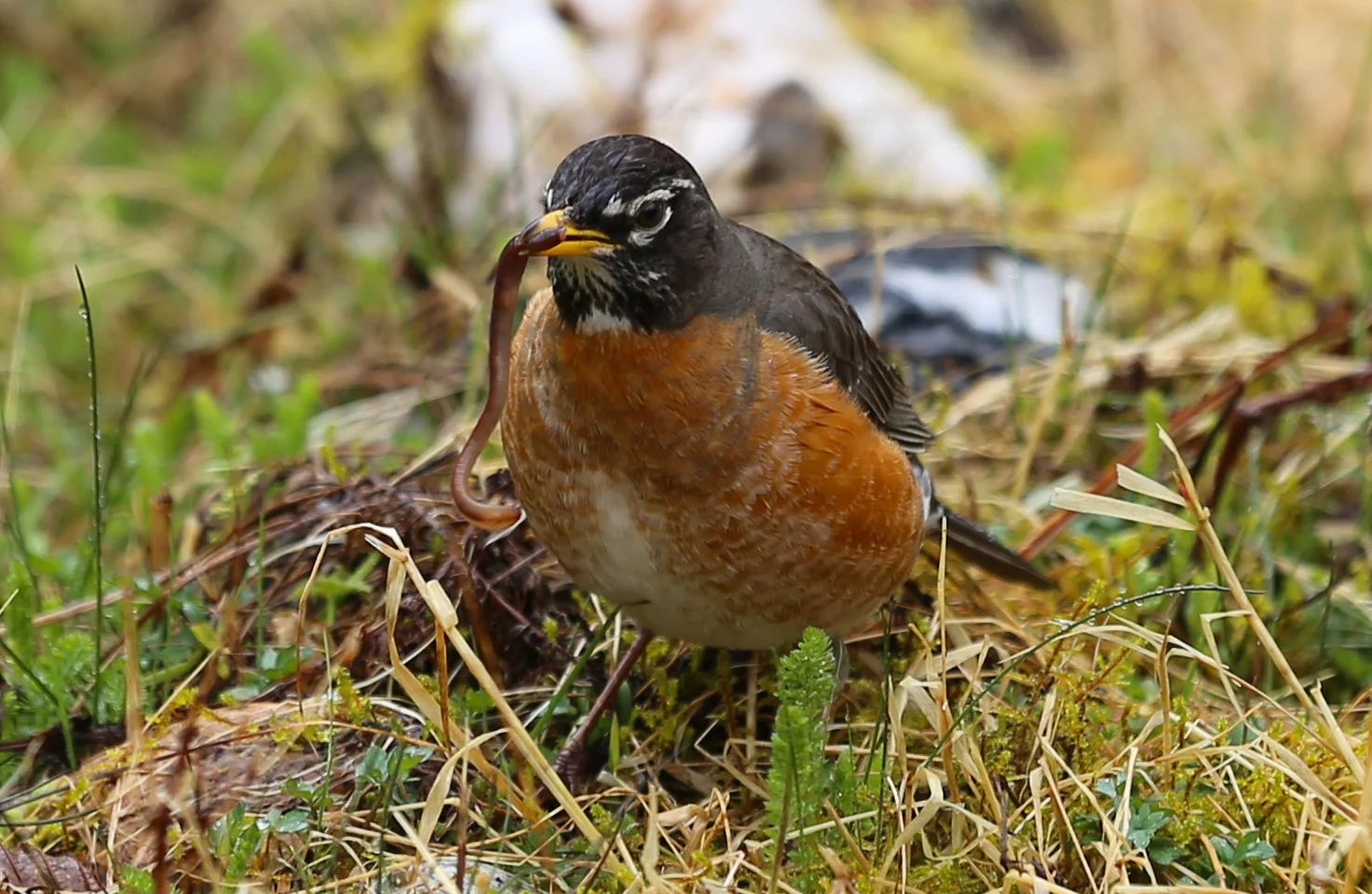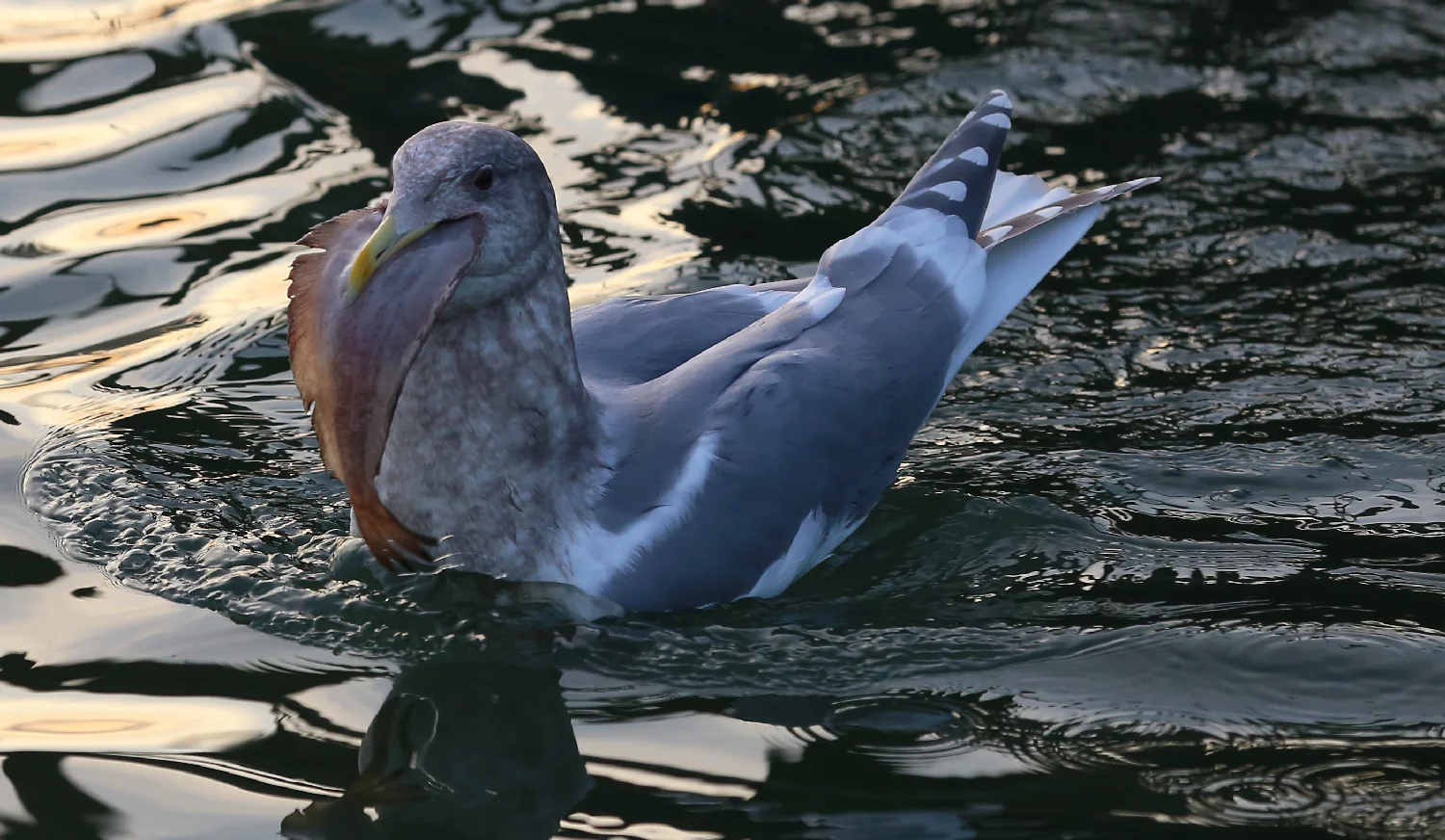Crazed Ice
/If you’ve been on this beachcombing journey with me for awhile then you know that I am easily distractible, and go bonkers over cool critters and neat patterns. The patterns of frost and ice make winter worthwhile, because snowmobiling and downhill skiing just aren’t my thing. Today’s musings are on ice patterns, ending up at a crazed lake at nightfall.
In late falltime the ice, freed from summer’s banishment, dances it’s way across puddles and ponds. These lily pads in a muskeg high up on a hillside were taken by surprise, lending their gentle curves to the exuberant expressions of skim ice.

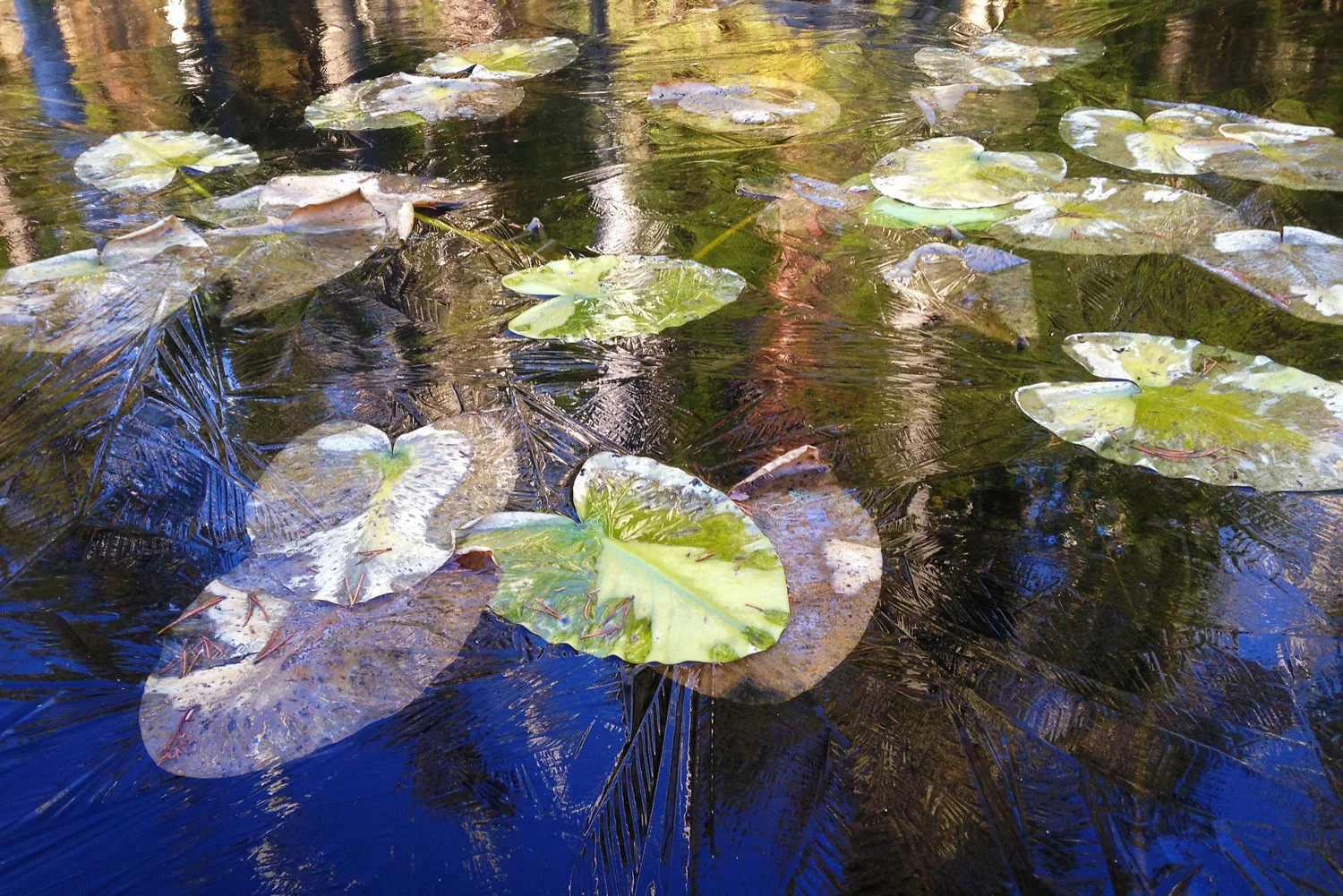
But that was months ago. Winter hasn’t unfolded in layers of glorious beauty this year, which might have left me feeling a bit abandoned in the darkness of the season. So-o, SLUSH to the rescue! Yes, that cold, wet, goop that invades your boots, slops onto your pants, and slams you full-force when an inconsiderate driver goes by. That heavy, un-shovelable, bane of late winter brought me out of beauty starvation one evening. I was walking down the dock and there it was! Ribbons of slushy fun adorning the water’s surface and tickling my eyes.

Water currents painted the surface slush into artworks. Falling snow added linear accents to the watery softness. I can only bring you a tiny part of the gallery.

“Salted Currents”_____ Medium: Water_____ Sold

Slush Storm on Jupiter _____Medium: Water _____$32,000.

Reclining Nude in Slush_____ Medium: Water_____ $48,000.
Recently some thin sheets of ice made me giggle. Really, who gets silly over bits of ice? Please, somebody tell me that you do.
So I set the ice on my jacket and took a few close-ups.

Isn’t this too much fun? How can frozen water, technically a mineral, be so organic?

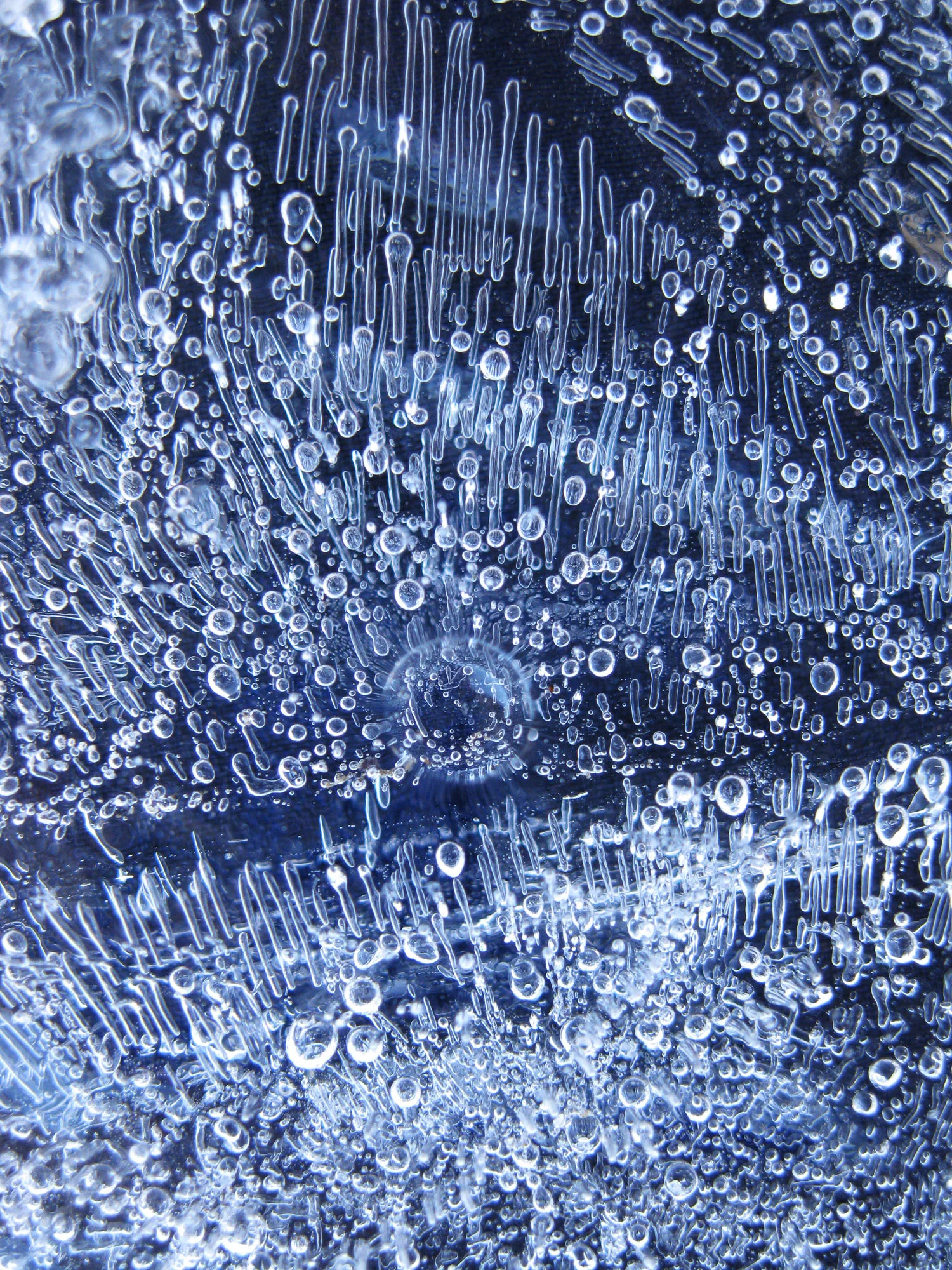

Then there was the day that the love of my life said that we needed to go up to a lake after work. It’s still getting dark fairly early here, so we took off in the evening, hiking up through the woods in diminishing light. We climbed hard through the trees to see the crazed lake, arriving well after sunset but before full darkness. This was not the standard crazed pattern of a dry lake bed. Not the predictable pattern of crazed ceramic glaze.

Beachcombed, crazed ceramic shard with barnacles.
No, this was the shattered-mind pattern of a lake that just couldn’t handle one more freeze-thaw cycle.
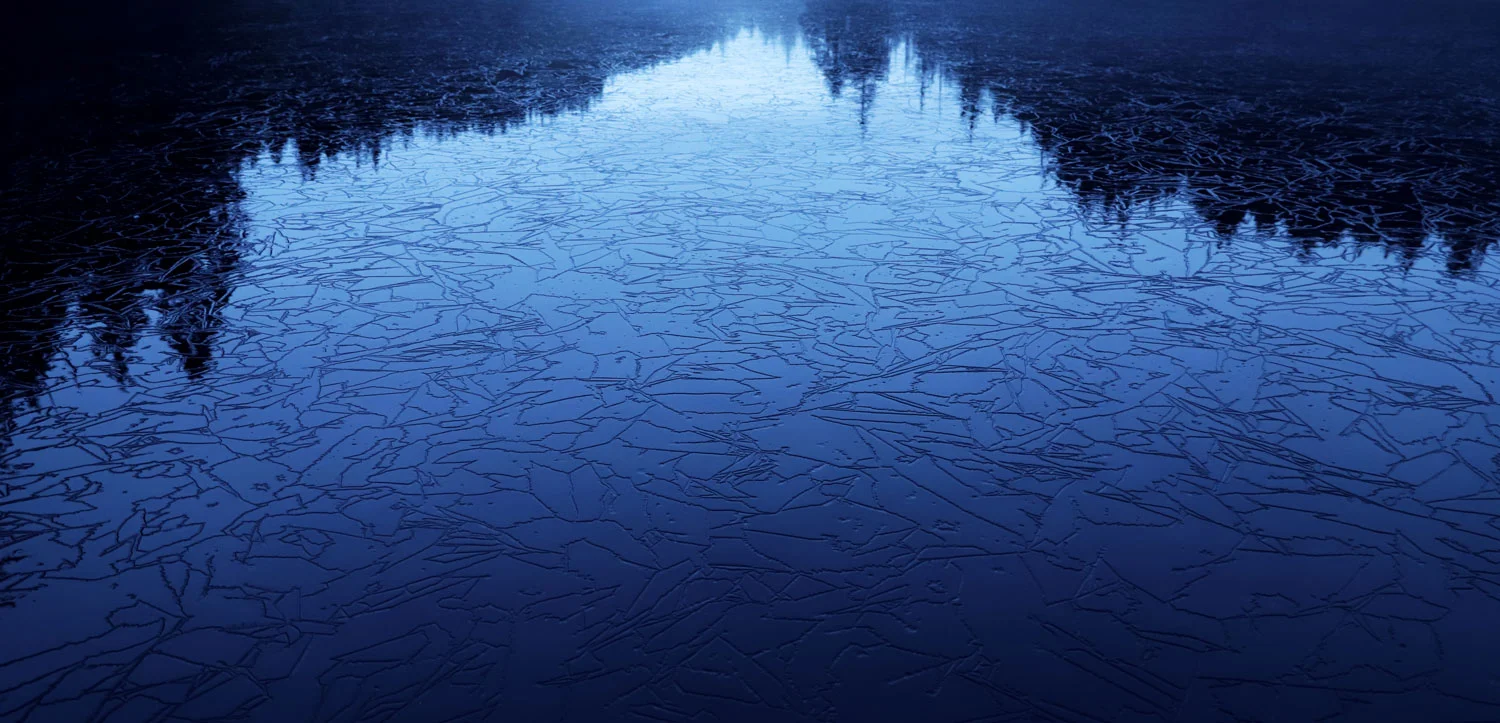

An eerie mist settled onto the lake, the light left the sky, and we snapped our flashlights on to hike back down the steep trail through the forest. It was SO worth it.
Wishing you joy in crazed visions,
Alaska Beachcomber
More wintery posts:




